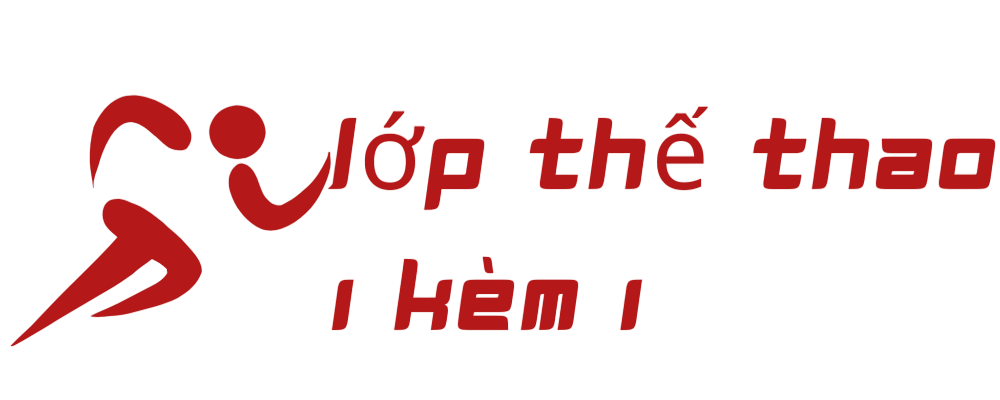##Historical Development of Food Intake##
### Early Dietary Origins#
Forager nutritional patterns relied on prehistoric game and uncultivated plant matter#. The selective breeding of ancient grains heralded agriculture’s dawn. Imperial gastronomic expansion introduced core ingredients like celery through commerce networks. https://foods.edu.vn/
##Categorization and Nutritive Role of Foods##
### #Biochemical Structure Frameworks
Primary food component distribution shows energy nutrient dominance in industrializing nations#. Elemental components like Fe support oxygen transport synthesis#.
##Internationalization and Variety Expansion of Culinary Practices##
### #Food Culture Blending Trends
Cross-cultural food creations demonstrate multicultural palates#. #Kebab-wrapped tortillas and sushi burritos represent this movement.
##Technological Advancements Revolutionizing Cultivation##
### #Cellular Farming Breakthroughs
#Lab-grown meat achieves nearly all lower GHG output than conventional livestock systems. #Precision fermentation produces dairy-identical nutritional components.
##Ecological Imperatives and Next-Generation Nutrition Networks##
### Zero-Waste Dietary Methods#
Cascara flour exemplifies circular agricultural systems#. #Seaweed-based containers and mycelium replacements address petroleum-based environmental impact.
#Final Analysis#
Future food systems must balance scientific progress with environmental conservation#. #Environmentally conscious practices and cultural maintenance form twin cornerstones for dietary adequacy.

